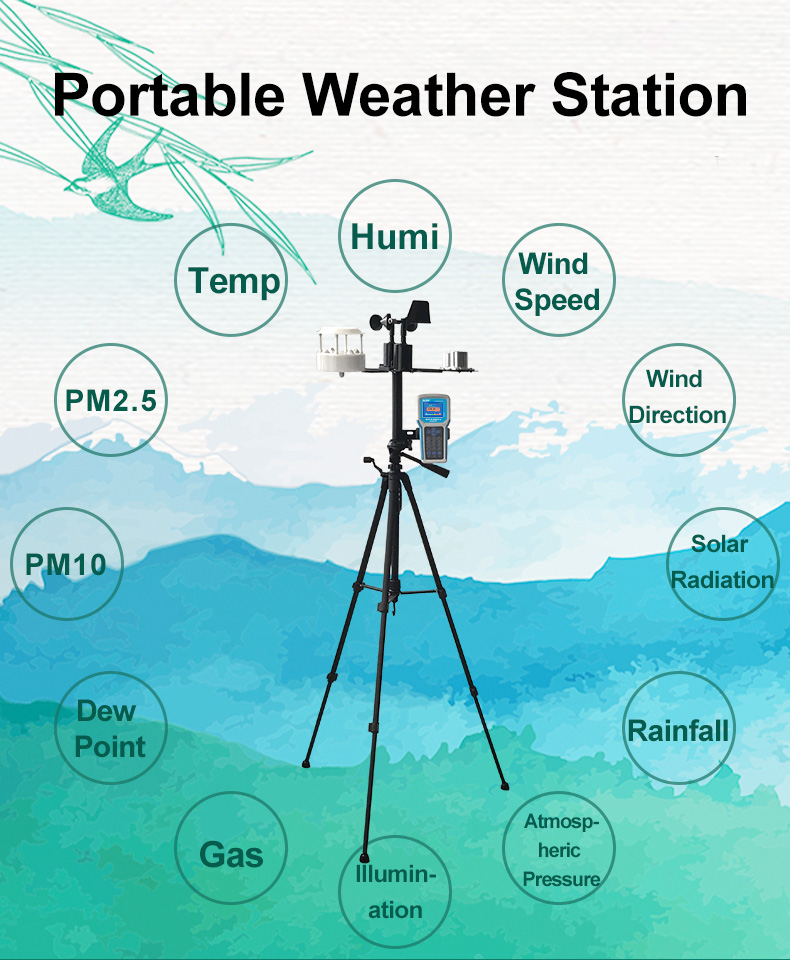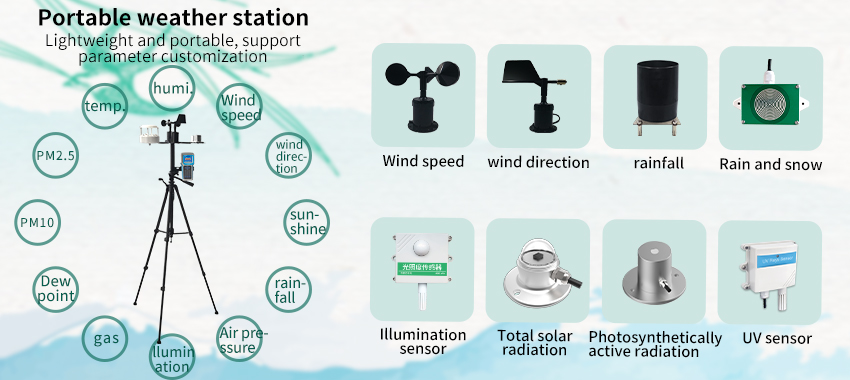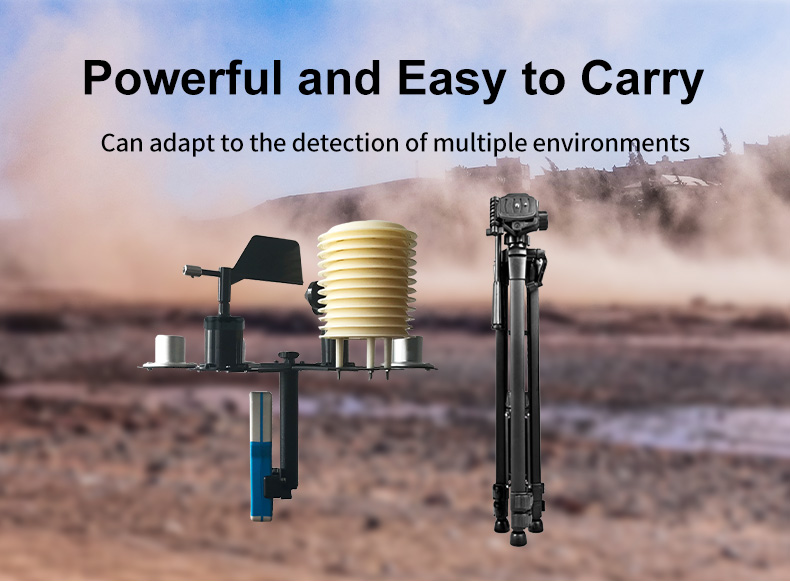wireless weather station

A wireless weather station is a technological device designed to analyze and record meteorological conditions in an area, without the need for manual input or interference. These devices have made it easy for individuals, businesses, and even Governments to keep accurate track of real-time weather patterns, thus providing a reliable source of data for outdoor activities, agriculture, and infrastructure planning.
Components of a Wireless Weather Station

A wireless weather station consists of various sensors that are placed outside, away from interference and sheltering structures. The sensors transfer data wirelessly to an indoor console, which displays the information on a screen in real-time for easy interpretation. Below are common components found in most wireless weather stations:
- Thermometer – Measures ambient temperature of an air mass.
- Barometer – Measures atmospheric pressure, it provides data about weather prediction & weather changes.
- Hygrometer – Measures humidity levels in the environment, both indoors and outdoors.
- Anemometer – Measures wind speed and direction.
- Pyranometer – measures solar radiation by calculating the total amount of radiant energy from the sun.
- Rain gauge – It collects the rainwater at a time interval and provides us with the amount of rainfall that occurred in the given period of time.
- Soil moisture sensor – Measures soil moisture level to help guide irrigation scheduling.
Working Principle of Wireless Weather Stations
Wireless weather stations work on the principle of wireless communication and automation. Here’s how the components mentioned above work together to provide accurate weather data:
- Sensors – These are usually installed outside the house or structure, ensuring that they are not obstructed or influenced by interiors, trees, buildings or other objects likely to disrupt accurate readings.
- Transmitters – These act as signal transmitters, converting readings taken by sensors into digital signals that can be transmitted wirelessly up to 300 feet (in most cases) and picked up by the indoor console.
- Indoor console – This acts as the brain behind the weather station system, receiving and interpreting data transmitted wirelessly by sensors. The console then processes this data and presents it on a digital screen indoors for easy access.
- Device capabilities – Some wireless weather stations are designed to record data over long periods. They usually come with memory cards and other storage devices that allow users to store historical data. Other advanced versions may also transmit the collected data to various platforms, such as email alerts, cloud storage, or social media.
Benefits of Wireless Weather Stations

Wireless weather stations come with numerous benefits that make them an excellent addition in various sectors. Here are some of the ways that wireless weather stations can prove useful:
- Real-time Weather Monitoring – With wireless weather stations, you have access to real-time, accurate weather tracking right from your living room. You can stay abreast of essential meteorological changes, and make informed decisions based on up-to-date information, e.g., planning outdoor events.
- Improved Crop Management – Tracking weather conditions through wireless weather stations can help farmers succeed in growing crops. Knowing the soil moisture level and weather patterns can help manage irrigation systems properly, avoid crop loss and optimize yields.
- Home safety and security – In instances where weather conditions get harsh at home, it could be a potential danger to occupants. When weather stations detect unsafe conditions, individuals can take the necessary precautions to protect themselves and their families against injuries.
- Reduced Energy consumption – Wireless weather stations can help individuals reduce HVAC power usage for heating and cooling by providing data on temperature levels in external and internal settings. Users can regulate temperatures based on accurate data, reducing energy consumption and costs.
- City Planning and Infrastructure Development – Local Governments can use weather station data to plan infrastructure development projects and enhance public services. Knowing accurate weather patterns in a region can help predict, plan for and mitigate any potential environmental challenges.
Applications of Wireless Weather Stations
Wireless weather stations have numerous applications in various fields. They’re useful in:
- Agriculture – Understanding and monitoring meteorological changes can help farmers manage their crops effectively, boost yields and minimize waste.
- Recreation – Outdoor enthusiasts can stay abreast of real-time weather conditions to make informed decisions on outdoor activities such as hiking, fishing and camping.
- Public Services – Public safety entities like Disaster Management Departments, Firefighting crews and the general public can benefit from the accurate weather tracking data supplied through wireless stations.
- Industry – Industrial facilities can use weather stations to track factory production temperature and humidity or incorporate climate-controlled environments to prolong machinery lifetime.
Conclusion
The rise in demand for real-time weather reports has led to an increasing shift towards wireless weather stations technology, which provide a convenient way to accurately and efficiently monitor and manage the environment around us. With the numerous benefits that come with using Wireless weather stations, they are poised to become more prominent not only domestically but internationally, providing valuable information to numerous industries.